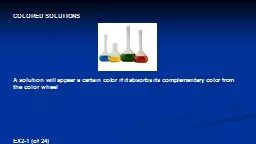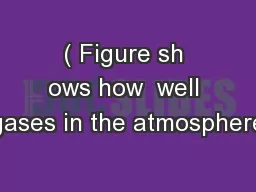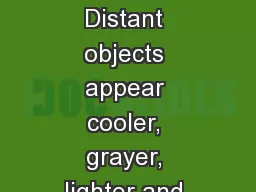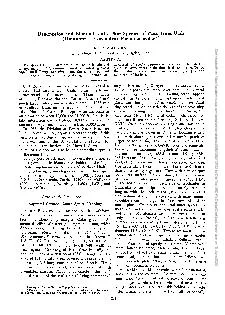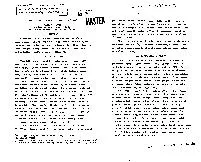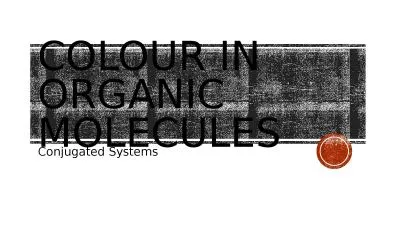PPT-COLORED SOLUTIONS A solution will appear a certain color if it absorbs its complementary
Author : briana-ranney | Published Date : 2018-12-24
EX21 of 24 I f a solution appears orange it is primarily absorbing its complimentary color blue COLORED SOLUTIONS EX22 of 24 Fe 3 aq SCN aq FeSCN
Presentation Embed Code
Download Presentation
Download Presentation The PPT/PDF document "COLORED SOLUTIONS A solution will appea..." is the property of its rightful owner. Permission is granted to download and print the materials on this website for personal, non-commercial use only, and to display it on your personal computer provided you do not modify the materials and that you retain all copyright notices contained in the materials. By downloading content from our website, you accept the terms of this agreement.
COLORED SOLUTIONS A solution will appear a certain color if it absorbs its complementary: Transcript
Download Rules Of Document
"COLORED SOLUTIONS A solution will appear a certain color if it absorbs its complementary"The content belongs to its owner. You may download and print it for personal use, without modification, and keep all copyright notices. By downloading, you agree to these terms.
Related Documents

